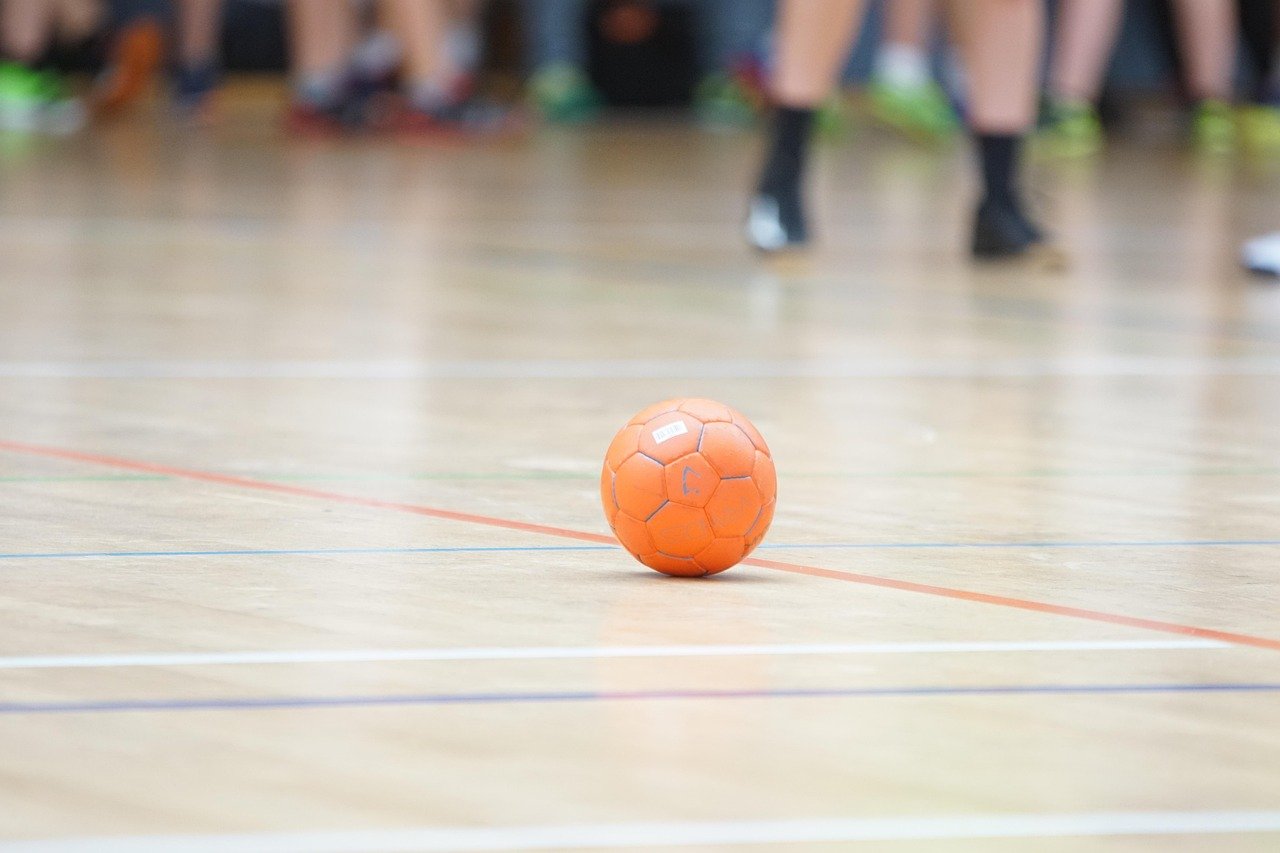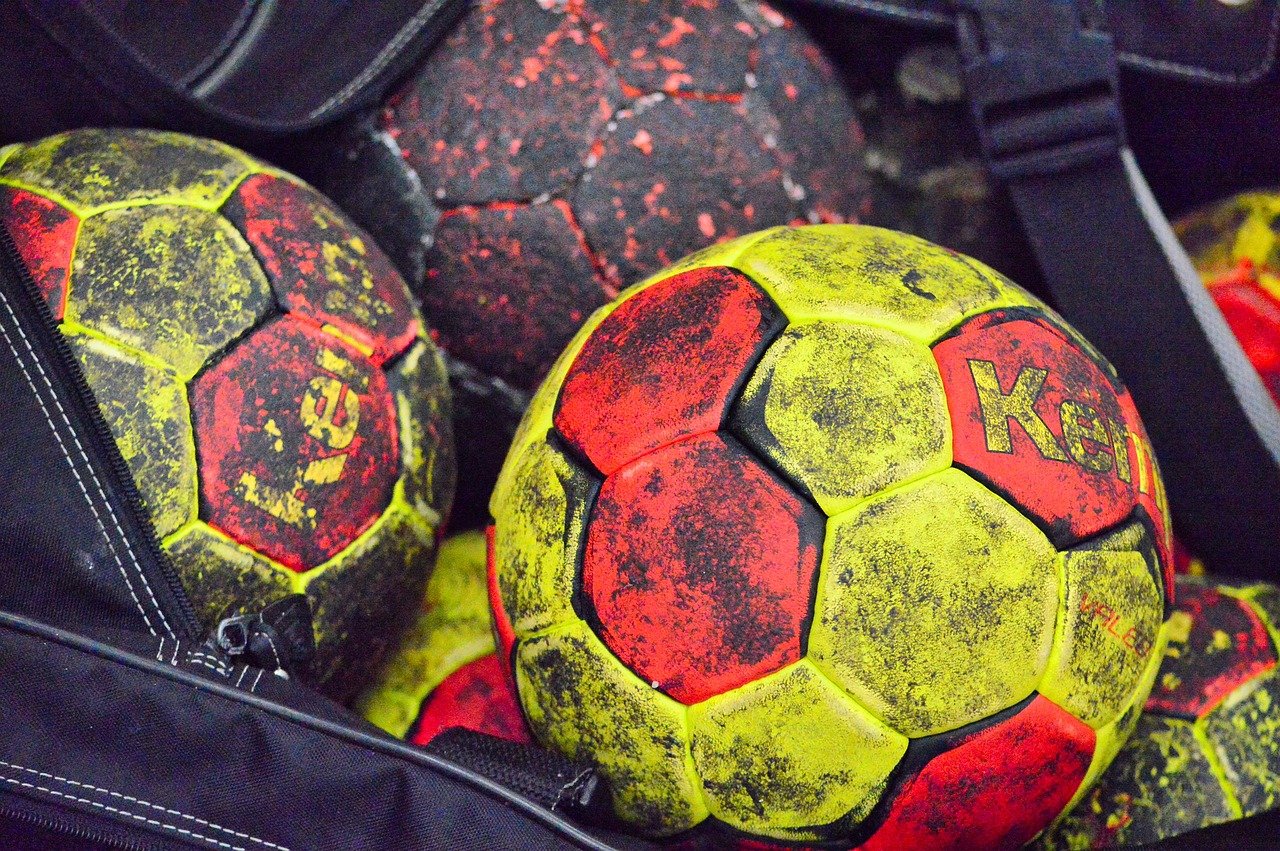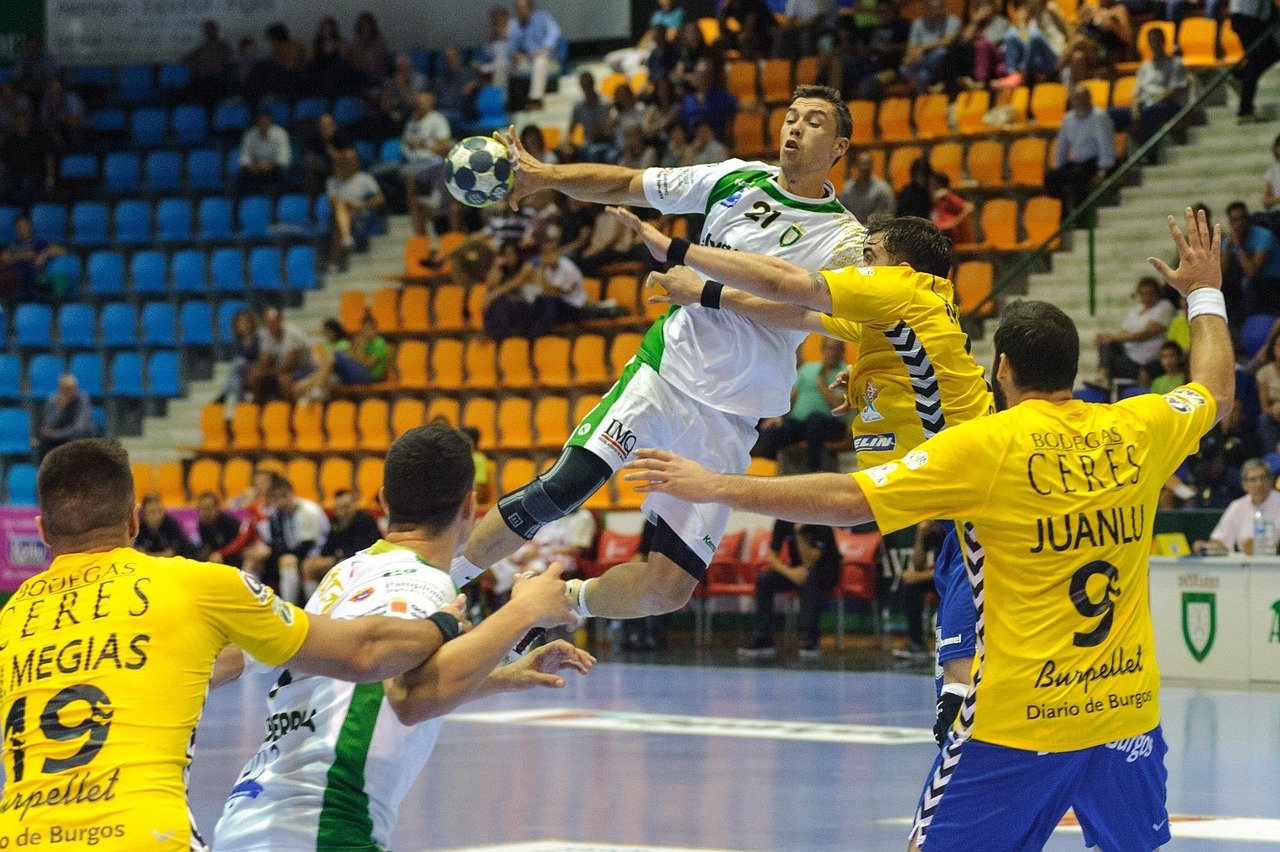Goalkeepers play one of the most important roles in handball. They are the last line of defence and can completely change the rhythm of a match with crucial saves. However, there are also moments when substituting the goalkeeper is the right tactical decision. Whether it’s due to performance, strategy, or game management, knowing when to sub out the goalkeeper can be the difference between winning and losing.
Performance and Confidence
One of the clearest reasons to replace a goalkeeper is when performance levels drop. If a goalkeeper is struggling to stop shots or has conceded a series of easy goals, the coach may decide to switch them out to change the momentum. Handball is a fast-paced game where confidence is key – if a goalkeeper loses confidence, the entire defence can be affected.
Bringing in the substitute goalkeeper can reset the team’s defensive mentality. Even if the second goalkeeper is not technically stronger, the change can break the opponents’ rhythm and inject new energy into the defence.
Tactical Substitutions
Another common reason to sub out the goalkeeper is tactical. In modern handball, teams often remove the goalkeeper and replace them with an extra outfield player. This creates a 7v6 situation in attack, giving the attacking side a numerical advantage.
This move is usually used:
- When chasing the game in the final minutes
- To break down a compact or aggressive defence
- To exploit space when the opposition is tiring
However, this tactic carries risks. If possession is lost, the opponent can easily score into the empty net. Coaches must weigh up the reward of extra attacking power against the danger of conceding easy goals.
Managing Energy and Fatigue
Goalkeepers, like all players, can become fatigued over the course of a match. While they may not run as much as outfield players, the constant concentration, explosive movements, and mental pressure are exhausting. Subbing out the goalkeeper for short periods can help manage their energy, especially in long tournaments where recovery time is limited.
Penalties and Specialist Goalkeepers
Some teams also choose to substitute the goalkeeper in specific situations like penalties. A specialist penalty-stopper may be brought in if they have a strong track record in one-on-one situations. This strategic move can increase the chance of making a save at a crucial point in the match.
Injury Concerns
If a goalkeeper picks up even a minor knock, coaches may opt to replace them to avoid further risk. Goalkeepers are constantly exposed to powerful shots, so injuries are a real concern. Having a reliable substitute ensures the team is never left vulnerable.
Psychological Impact
Sometimes, the decision to sub out the goalkeeper is not just about the individual but about the whole team’s psychology. A struggling goalkeeper can affect defenders’ confidence, leading to hesitation and mistakes. By making a substitution, the coach can restore balance and give defenders fresh belief in the system.
Conclusion
Knowing when to sub out the goalkeeper in handball requires careful judgment. Performance, tactics, fatigue, and psychological factors all play a role. Whether it’s to strengthen the attack with an extra player, manage energy levels, or simply change the flow of the game, the goalkeeper substitution is one of the most influential tactical decisions a coach can make.



